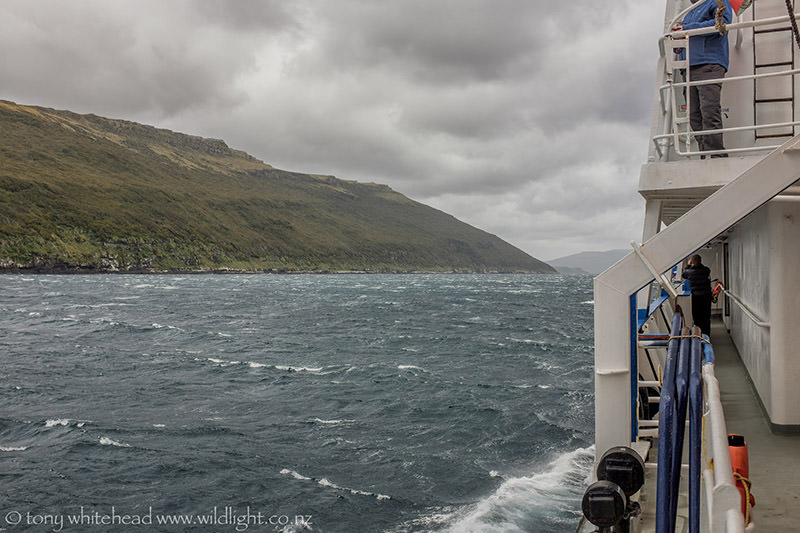
Carnley Harbour was our next destination after leaving Musgrave Inlet. Looking at a map the impression is a large sheltered harbour snuggled between the southern end of Auckland Island and Adams Island and while this is the case once you are well within it, the prevailing westerlies are funnelled down the length and squeezed through the eastern entrance like a venturi.
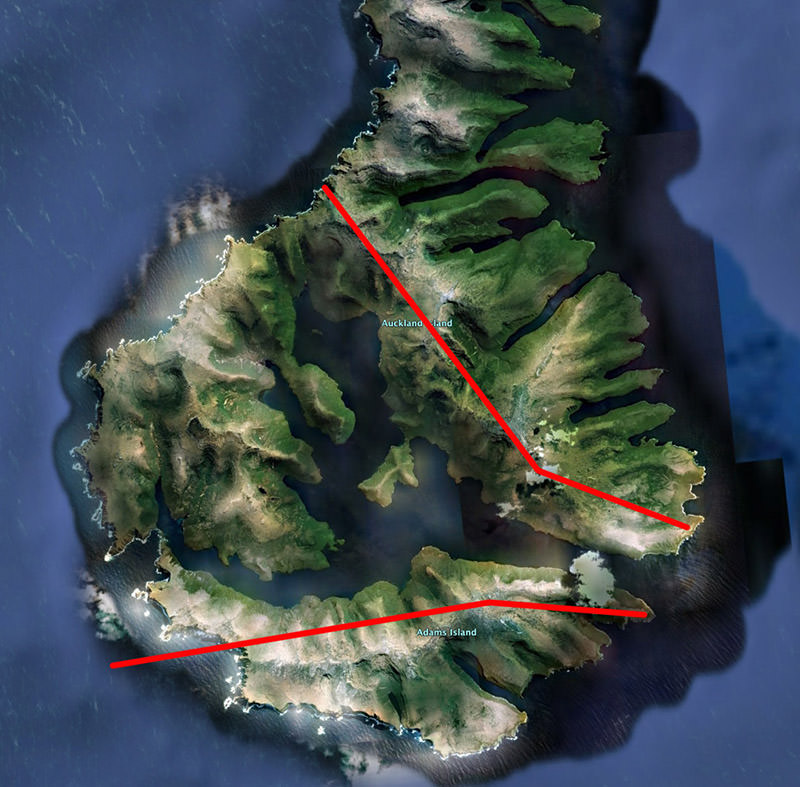
Heading into this gale we had plenty of birdlife to entertain us as great flocks of Shearwaters were moving as well as the occasional Southern Royal Albatross and 2 Gibson’s Albatross which breed on Adams Island.
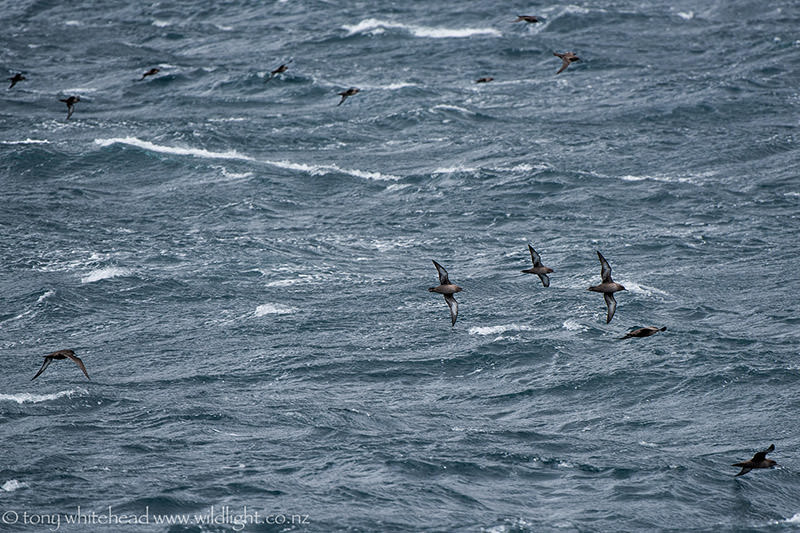
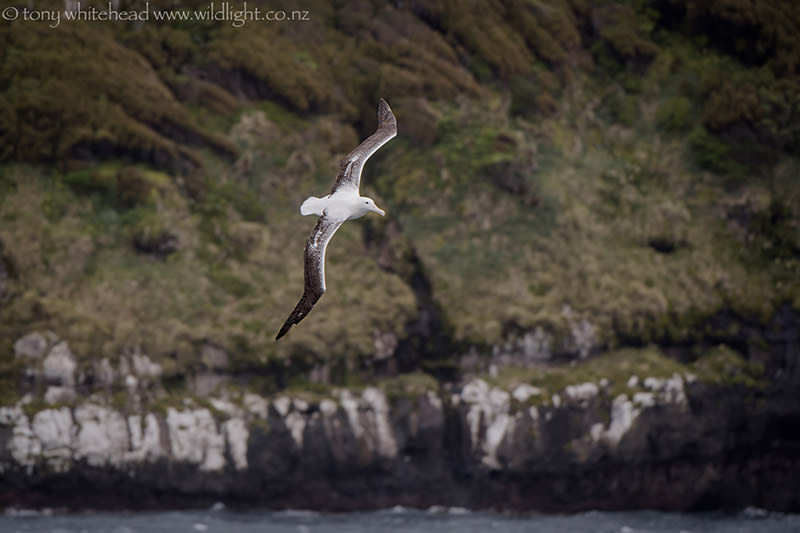
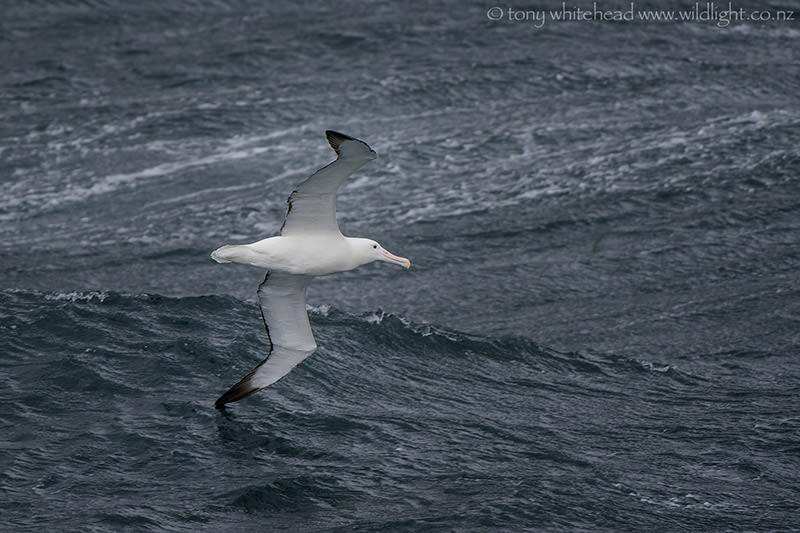
Albatross taxonomy is a bit of a nightmare. Broadly divided into the Great and Lesser Albatrosses (which in New Zealand are often dubbed Mollymawks). The Great Albatross are divided into Royals (Northern and Southern) and Wanderers under which the Gibson’s/Antipodeans (along with Tristan, and Amsterdam) are some sometimes considered part of and sometimes as separate groups. My favourite guidebook (A Complete Guide to Antarctic Wildlife by Hadoram Shirihai) lumps them all as Wanderers but I will stick with the NZBirdsonline current classification treating Antipodeans as a separate species (Diomedea antipodensis) with the Auckland Island subspecies as Gibson’s Albatross (Diomedea antipodensis gibsoni) as it it more recently updated.
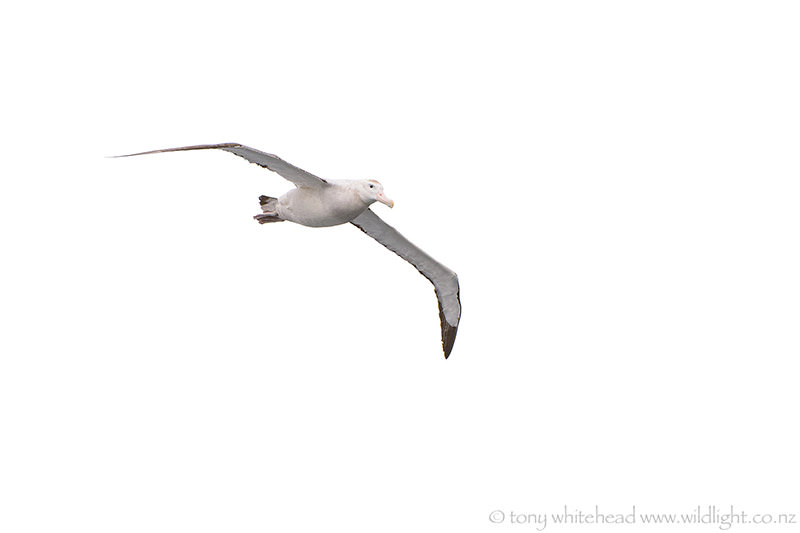
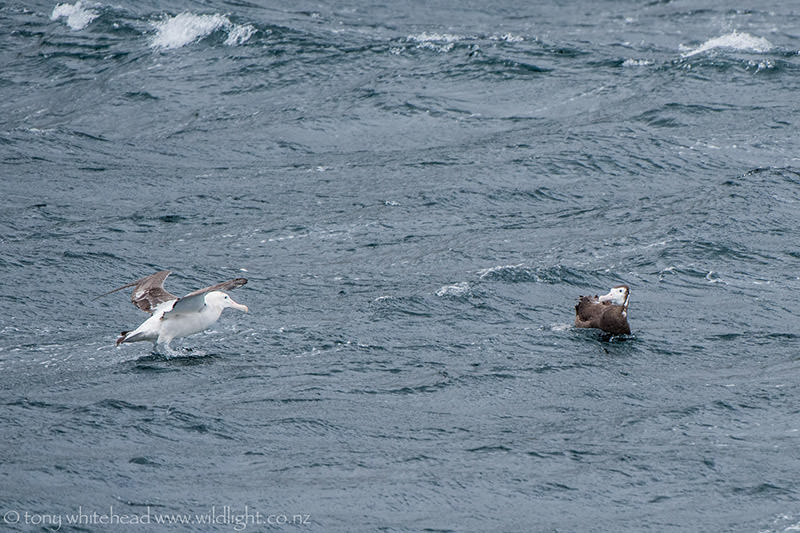
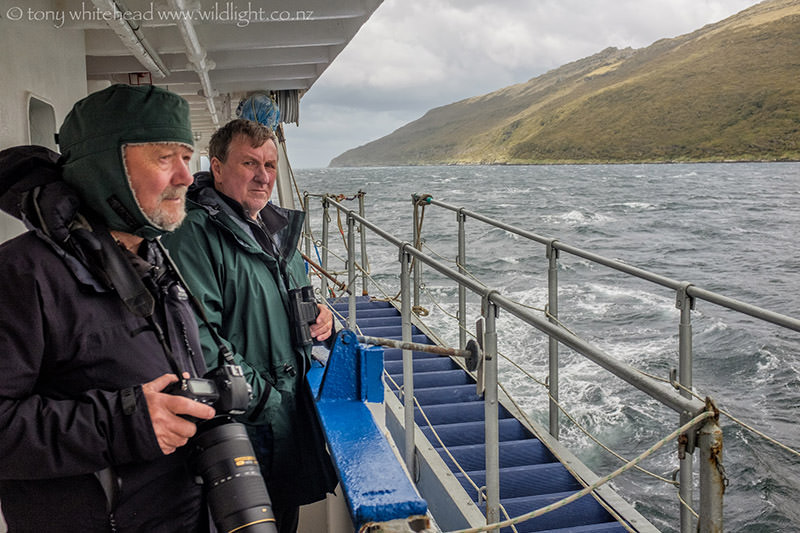
We moved up further into the harbour with the hope of landing to explore old Coastwatcher huts but the wind was too much for Zodiac landings so we changed plan and headed back out again, setting course for Campbell Island with the sea on our starboard quarter giving us a rolling passage further south.
*Andrew Isles specialist Natural History Bookshop in Melbourne looks like a treasure trove of new, second-hand and antiquarian books and artworks. The website is well worth a visit and I will make a point of visiting the shop when I find myself in Melbourne. Natural history books made a huge impression on me as as child and the illustration plates remain the inspiration for my long term Birds on White project.
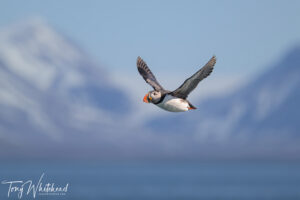
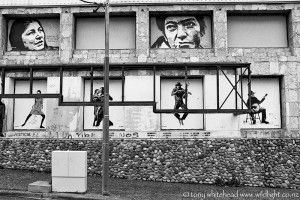
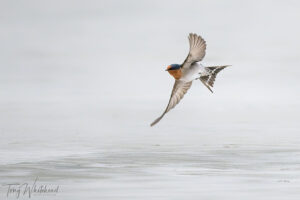
Pingback: New Zealand Subantarctic Islands Master Post